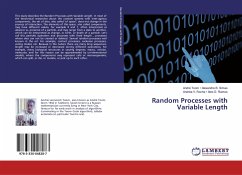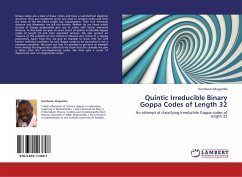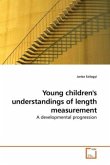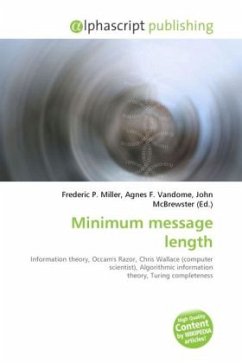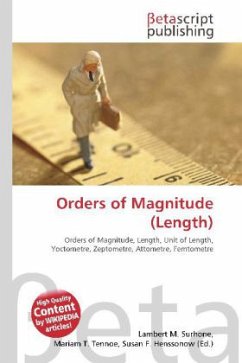This study describes the Random Processes with Variable Length. In most of the theoretical researches about the random systems with inter-agency components, the set of sites, also called "of space", does not change in the process of interaction. The elements of this space, also called components, may have different values, for example 0 and 1, often interpreted as absence vs. presence of a particle, and may range from a state to another, which can be interpreted as change, or birth, or death of a particle. Let's call this particles operators and processes with fixed length , processes where sites can not be created or deleted. Several random processes well known in the art. For example, contact processes, exclusion processes, voting model, etc. Because in the nature there are many long sequences, length may be increased or decreased during different operations. For example, many biological structures in varying degrees, macro, cellular, molecular, and for this reason can be approximated by uni-dimensional models, where the components may represent cells or microorganisms, which can split, or die, or mutate, or pick up to each other.
Bitte wählen Sie Ihr Anliegen aus.
Rechnungen
Retourenschein anfordern
Bestellstatus
Storno

